Achamrah, N.: Maintaining physical activity during refeeding improves body composition, intestinal hyperpermeability and behavior in anorectic mice. In: Scientific Reports 6, 21887, 2016
Bräunlein, J.: Fastenwunder, Magersucht und Hungerstreik. Eine Kulturgeschichte des Fastens. Bayerischer Rundfunk B2, https://www.juergen-braeunlein.de/kulturgeschichte/fastenwunder-magersucht-hungerstreik-eine-kulturgeschichte-der-nahrungsverweigerung, 2003
Bulik, C. M. et al.: Reconceptualizing anorexia nervosa. In: Psychiatry and Clinical Neurosciences 73, S. 518–525, 2019
Clavel, T., Hörmannsperger, G.: Darmmikrobiom des Menschen: Status quo und Perspektiven. In: Pädiatrie up2date 12, S. 335–349, 2017
Cooper, A. R. et al.: Family-based treatment for adolescent aating disorders. In: Hebebrand, J. & Herpertz-Dahlmann, B. (Hg.): Eating Disorders and Obesity in Children and Adolescents, Elsevier, S. 117–122, Saint Louis, Missouri 2019
Dalton, B. et al.: A meta-analysis of cytokine concentrations in eating disorders. In: Journal of Psychiatric Research, S.252-264, 2018
David, L. A. et al.: Diet rapidly and reproducibly alters the human gut microbiome. In: Nature 505, S. 559–563, 2014
Dobrescu, S.R.et al.: Anorexia nervosa: 30-year outcome. In: British Journal of Psychiatry 216, S. 97-104, 2020
Frintrop, L. et al.: The reduction of astrocytes and brain volume loss in anorexia nervosa-the impact of starvation and refeeding in a rodent model. In: Translational Psychiatry 9, 159, 2019 doi: 10.1038/s41398-019-0493-7
Hata, T. et al.: The gut microbiome derived from anorexia nervosa patients impairs weight gain and behavioral performance in female mice. In: Endocrinology 160, S. 2441–2452, 2019
Hedman, A. et al.: Bidirectional relationship between eating disorders and autoimmune diseases. In: Journal of Child Psychology and Psychiatry, and Allied Disciplines 60, S. 803–812, 2019
Herpertz, Stephan et al. (Hg.): S3-Leitlinie Diagnostik und Behandlung der Essstörungen. Springer, Berlin und Heidelberg, 10.1007/978-3-662-59606-7, 2019
Herpertz-Dahlmann, B. et al.: ‘Therapists in action’- home treatment in adolescent anorexia nervosa: a stepped care approach to shorten inpatient treatment. In: European Eating Disorders Review: The Journal of the Eating Disorders Association. 10.1002/erv.2755, 2020
Herpertz-Dahlmann, B. et al.: Day-patient treatment after short inpatient care versus continued inpatient treatment in adolescents with anorexia nervosa (ANDI): a multicentre, randomised, open-label, non-inferiority trial. In: Lancet 383, S. 1222–1229, 2014
Le Grange, D. et al.: Academy for eating disorders position paper: the role of the family in eating disorders. In: International Journal of Eating Disorders: NA-NA, 10.1002/eat.20751, 2009
Mack, I. et al.: Weight gain in anorexia nervosa does not ameliorate the faecal microbiota, branched chain fatty acid profiles and gastrointestinal complaints. In: Science Reports 6: 26752, 2016, doi: 10.1038/srep26752.
Maier, A. et al. Self-perceived stigmatization in female patients with anorexia nervosa--results from an explorative retrospective pilot study of adolescents. In: Psychopathology 47, S. 127-32,2014
Kaye, W.H.: Neural insensitivity to the effects of hunger in women remitted from anorexia nervosa. In: American Journal of Psychiatry 177, S. 601-610, 2020
Keys, A. et al.: The Biology of Human starvation. Univ. Minneapolis Press. Minneapolis 1950
Milos, G. et al.: Short-term metreleptin treatment of patients with anorexia nervosa: rapid on-set of beneficial cognitive, emotional, and behavioral effects. In: Translational Psychiatry 10: 303, 2020, https://doi.org/10.1038/s41398-020-00977-1
NICE: eating disorders: recognition and treatment. In: National Institute for Health and Care Excellence guideline (NG69) https://www.nice.org.uk/guidance/ng69, 2017
Ohlsson, L. et al.: Leaky gut biomarkers in depression and suicidal behavior. In: Acta Psychiatrica Scandinavica 139, S. 185–193, 2019
Schmidt, U., Treasure, J.: Anorexia nervosa: valued and visible. A cognitive-interpersonal maintenance model and its implications for research and practice. In: The British Journal of Clinical Psychology 45, S. 343–366, 2006
Seitz, J. et al.: Brain morphological changes in adolescent and adult patients with anorexia nervosa. In: Journal of neural transmission 123, S. 949-959, 2016, doi: 10.1007/s00702-016-1567-9
Seitz, J. et al.: Extend, pathomechanism and clinical consequences of brain volume changes in anorexia nervosa. In: Current neuropharmacology 16, S. 1164-1173, 2018, doi: 10.2174/1570159X15666171109145651
Smith, M.I. et al. Gut microbiomes of malawian twin pairs discordant for kwashiorkor. In: Science 339, S. 548–554. 2013, https://doi.org/10.1126/science.1229000
Strober, M. et al.: Controlled family study of anorexia nervosa and bulimia nervosa: evidence of shared liability and transmission of partial syndromes. In: The American Journal of Psychiatry 157, S. 393–401, 2000
Turnbaugh, P. J. et al.: An obesity-associated gut microbiome with increased capacity for energy harvest. In: Nature 444, S. 1027-1031, 2006
Watson, H. J. et al.: Genome-wide association study identifies eight risk loci and implicates metabo-psychiatric origins for anorexia nervosa. In: Nature Genetics 51, S. 1207–1214, 2019
Yilmaz, Z. et al.: Developmental premorbid body mass index trajectories of adolescents with eating disorders in a longitudinal population cohort. In: Journal of the American Academy of Child and Adolescent Psychiatry 58, S. 191–199, 2019
- Netzwerk Magersucht – Eltern (Hilfestellung durch ein Netzwerk von Eltern im deutschsprachigen Raum, deren Kinder an Anorexia nervosa erkrankten)
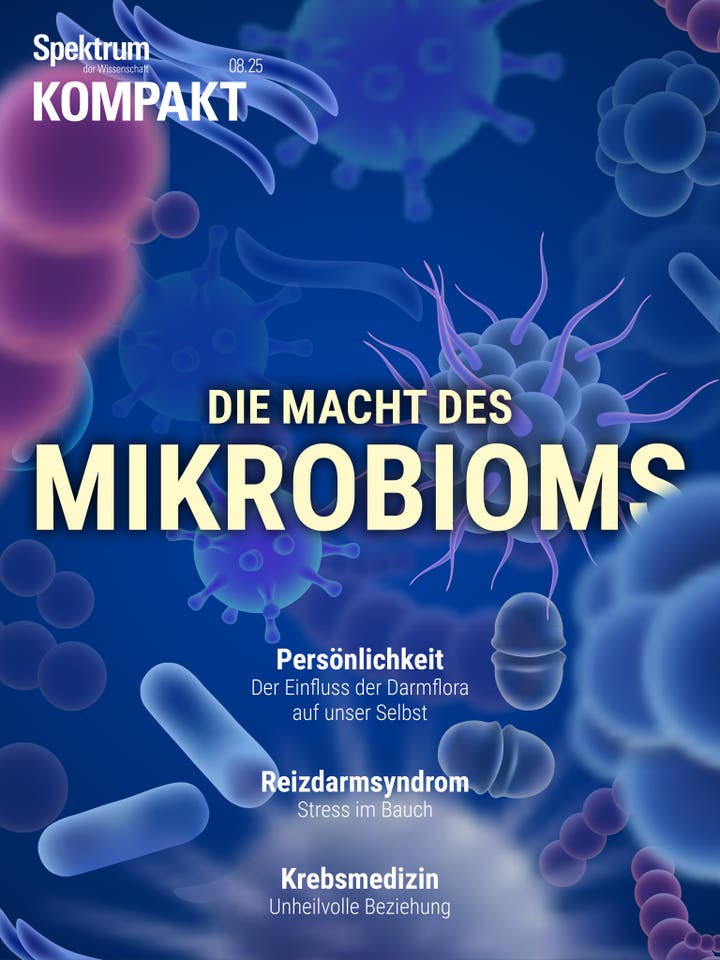



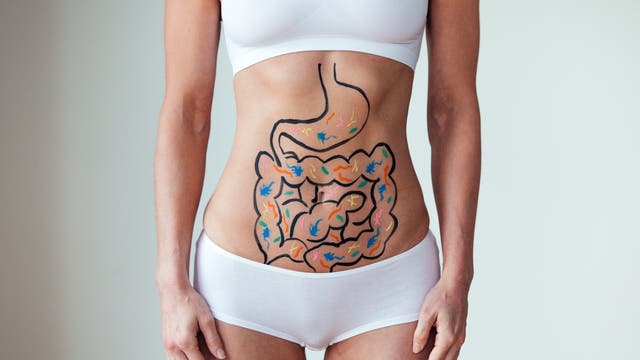
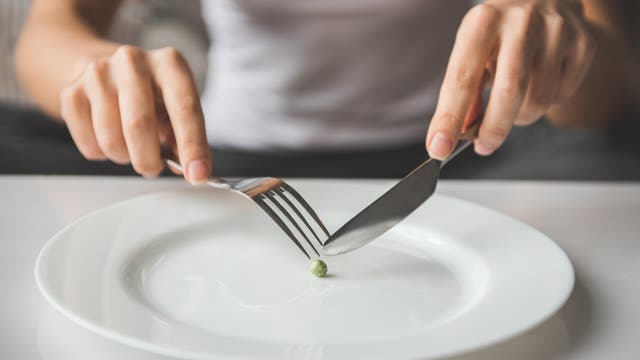
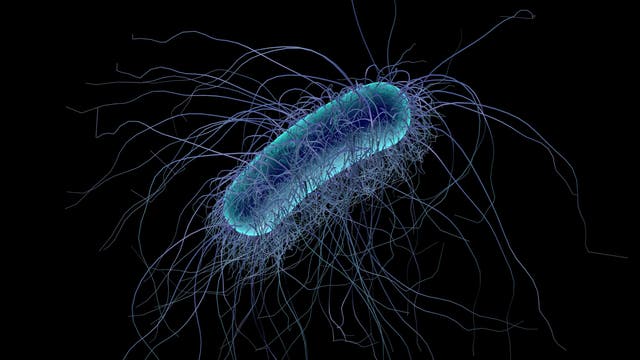

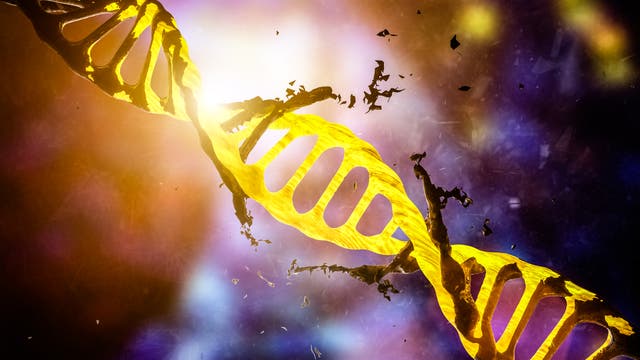
Schreiben Sie uns!
Beitrag schreiben